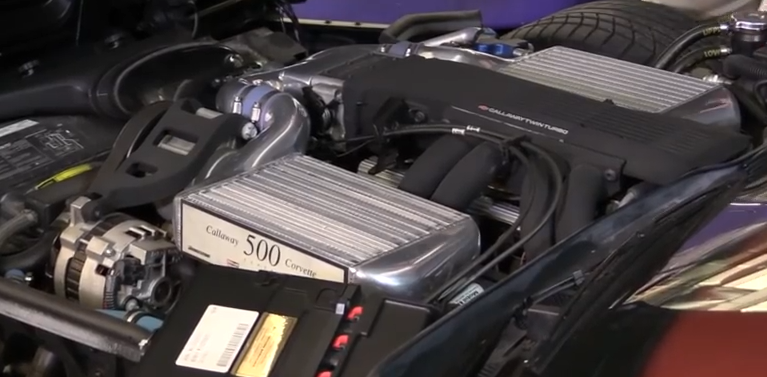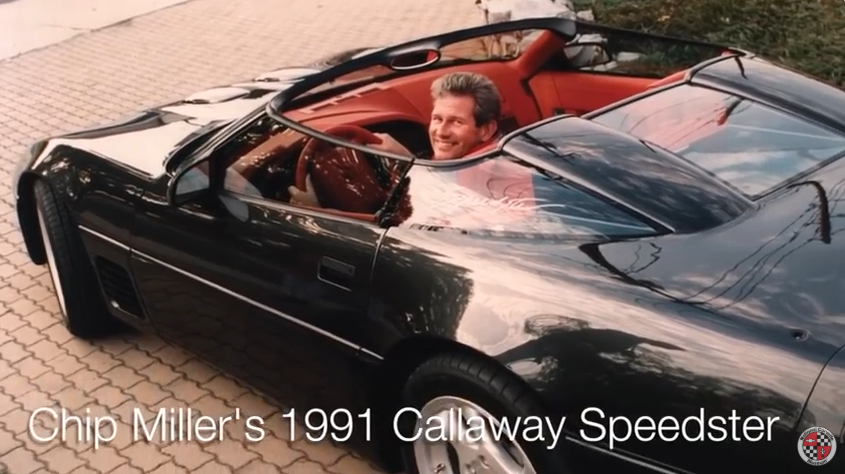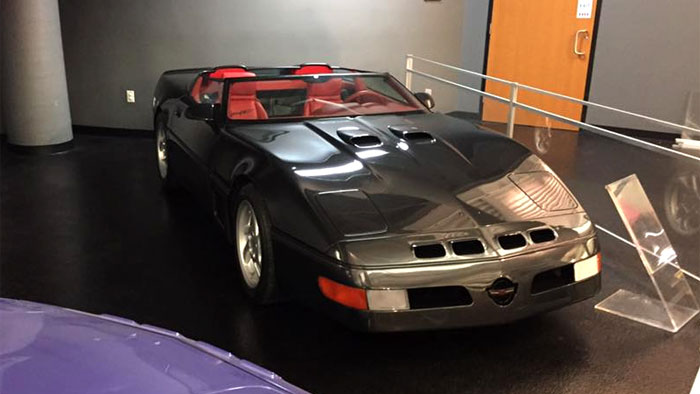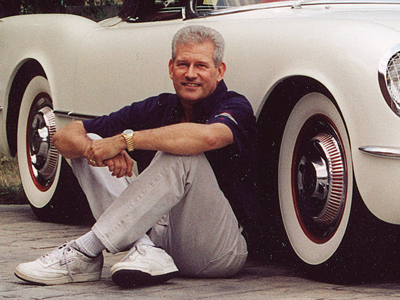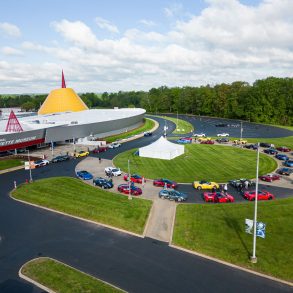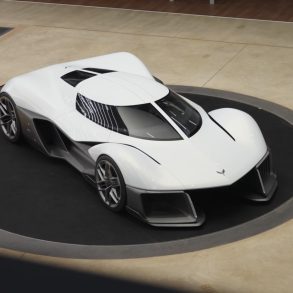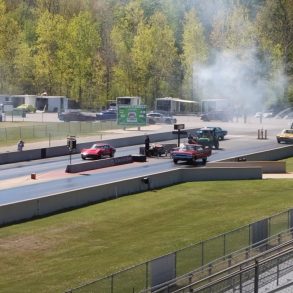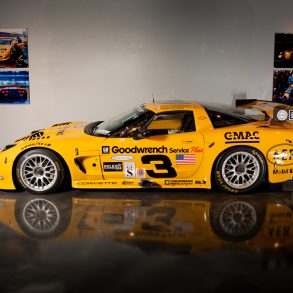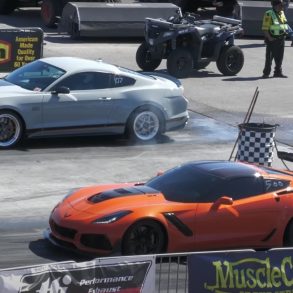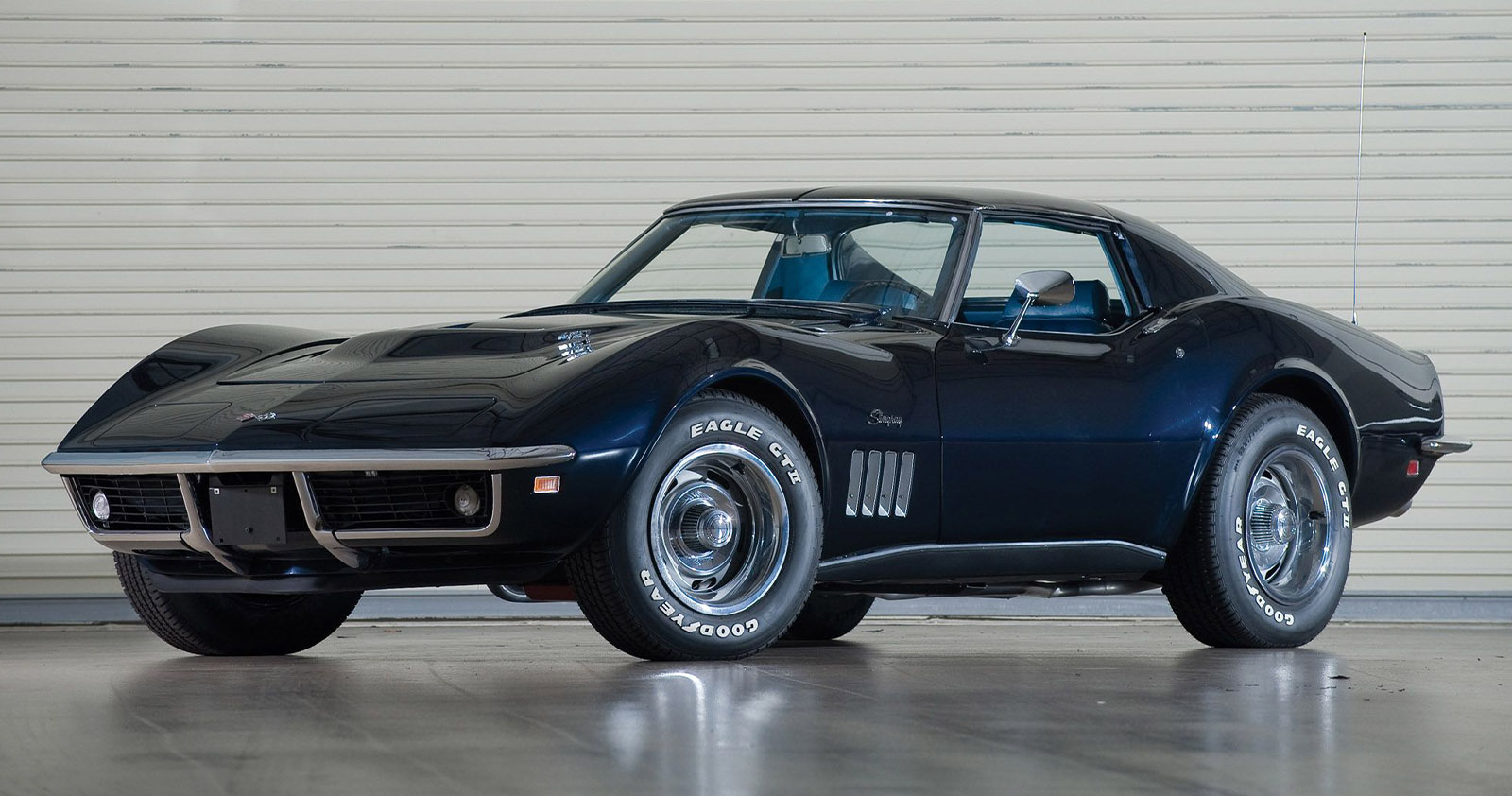It’s now been over two decades since Chip Miller, co-founder of Carlisle Events, succumbed to the little-known disease called Amyloidosis. The legacy of the man who was “known worldwide for his resilient positive attitude and his passion for Corvettes” lives on with the Chip Miller Amyloidosis Foundation. Today, we’ll take a step back in time to visit one of the many Corvettes Chip was passionate about, his #10 of 10, 1991 Callaway Series 1 Speedster. [Author’s Note: This article is FREE and not behind a paywall. Yes, FREE! If/when any pop-ups occur, please click to make them disappear and continue enjoying the article. One may require two steps–first, the arrow on the left, then the x on the top right.]
In today’s retro review, we have a 2017 video from the National Corvette Museum that has garnered over 13,000 views and highlights Chip’s #10 of 10 Callaway Series 1 Speedster. This rare Corvette was part of a more extensive NCM exhibit celebrating 30 years of Callaway Corvettes, called “A Celebration of Speed.” CorvSport takes a look at what makes this Callaway Series 1 Speedster so special. And after we drool over this special Corvette, we’ll give you some resources from our archives so you can dig deeper, and also have a link to the NCM’s special coverage of Elliot “Chip” Miller.
1991 Callaway Series 1 Speedster Fast Facts:
- Number 10 in a series of only 10
- Ordered as a 50th birthday gift to Corvettes at Carlisle co-founder, Chip Miller, and the Millers sat down with Reeves Callaway to customize the Speedster.
- 1991 brought “further refinements to the B2K option with the inclusion of the Callaway Speedster…”
- Each of the 10 Callaway Speedsters is different, and the Dark Black Metallic Pearl with Power Red interior is unique to Chip’s.
- To counter the ZR-1, for the 1991 model year, Callaway was able to bring up the output of the twin-turbo B2K option to 402 hp (up 43 hp) and 582 lb-ft of torque.
The Callaway Speedster was designed by Paul Deutschman, who was noted as saying, “Great design is the sweet spot between engineering and styling,” and one of the highlights of Paul’s design was the “low cut glass that surrounds the driver and the entire cockpit, providing the striking silhouette.”

Fully Customizable: As noted in the video, “Each customer would select the colors inside and out. The leather, for example, completely covers every inch of the inside, including the dashboard, door panels, behind the headrest, the seats, the seat backs, console, etc., and could be in any wild imaginative color combination that the owner chose…”
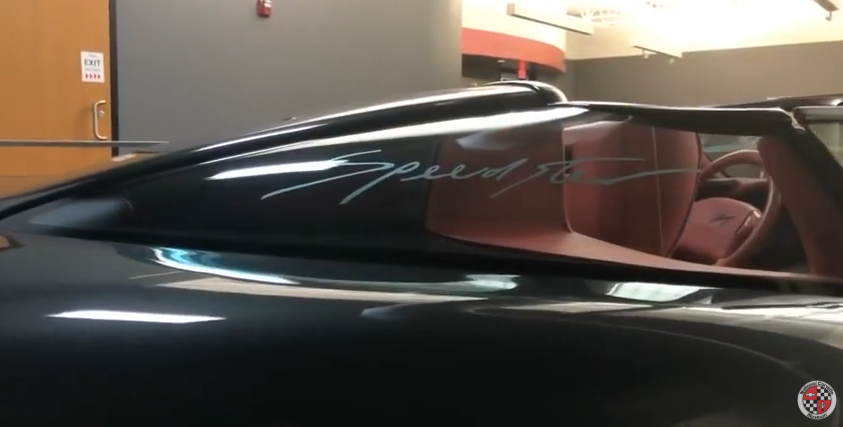
The Heart of the B2K RPO Option
There is great detail at 1:55 in the video, but in short, visually, the 1991 twin-turbo looks no different than prior years. Adding turbos to the existing GM engine meant Callaway had to develop several new systems. These included new engine mototronics, fuel injection system, and an exhaust system including custom headers and catalytic converters. One of the most complex tasks was redesigning the front crossmember to accommodate an airbox to feed the engine’s intake. The engines themselves were blueprinted, magnafluxed, fitted with Cosworth pistons and forged cranks alongside NASCAR units at Ed Lanier’s shop.
